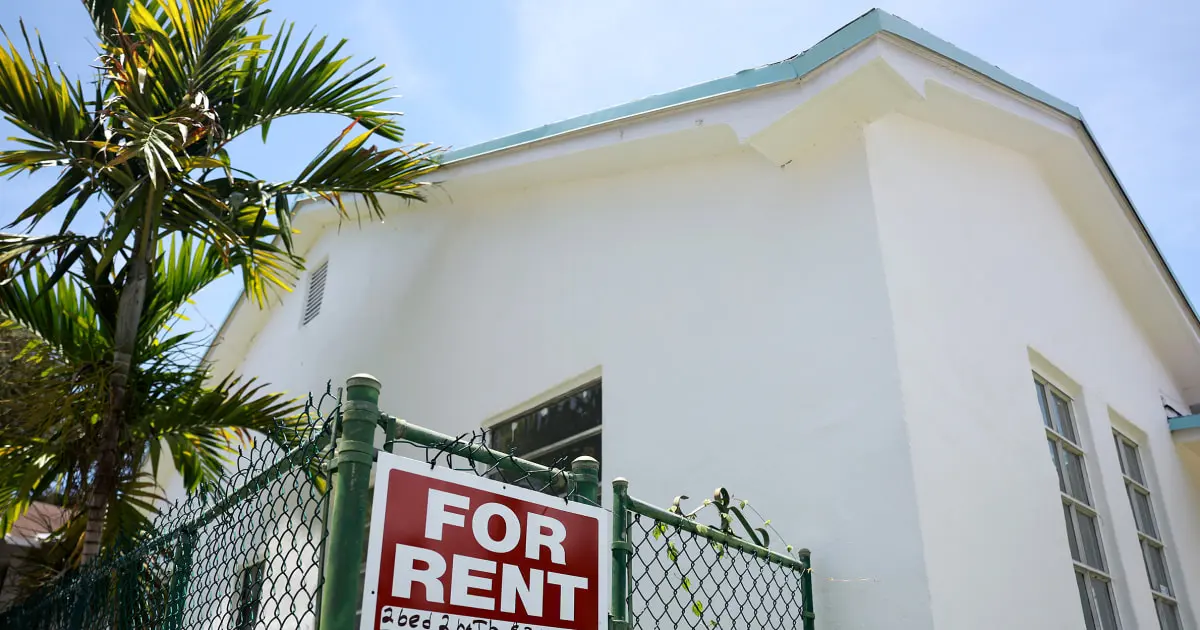Corporate landlords are investing where demand is increasing and where they can charge higher rents, which overlaps with places with high Latino populations, an expert points out.
Jessica Moreno and her family lived happily in Charlotte, North Carolina, she said, until new owners bought the property where their rented mobile home was located, changing services and significantly raising prices.
“Where were we going to find a rent of 300 dollars? Nowhere. That’s why we had to leave,” Moreno said. “I constantly see that when companies buy houses, the poor have to leave because rents and services go up, it’s like that.”
Her family’s experience spurred Moreno to become a community organizer at Action NC, a grassroots mobilization group aimed at tackling inequality and poverty. "Maybe we don’t understand that we can push laws to change things,” she said.
Wall Street firms entered the single-family rental market after the 2008 housing crisis by purchasing foreclosed homes. Since then, their influence has continued to increase and the number of corporate landlords today is significant across the entire U.S. housing system: single-family and multifamily housing, manufactured housing such as mobile homes, subsidized affordable housing and student housing.



Yeah, everyone’s struggling